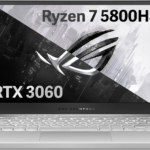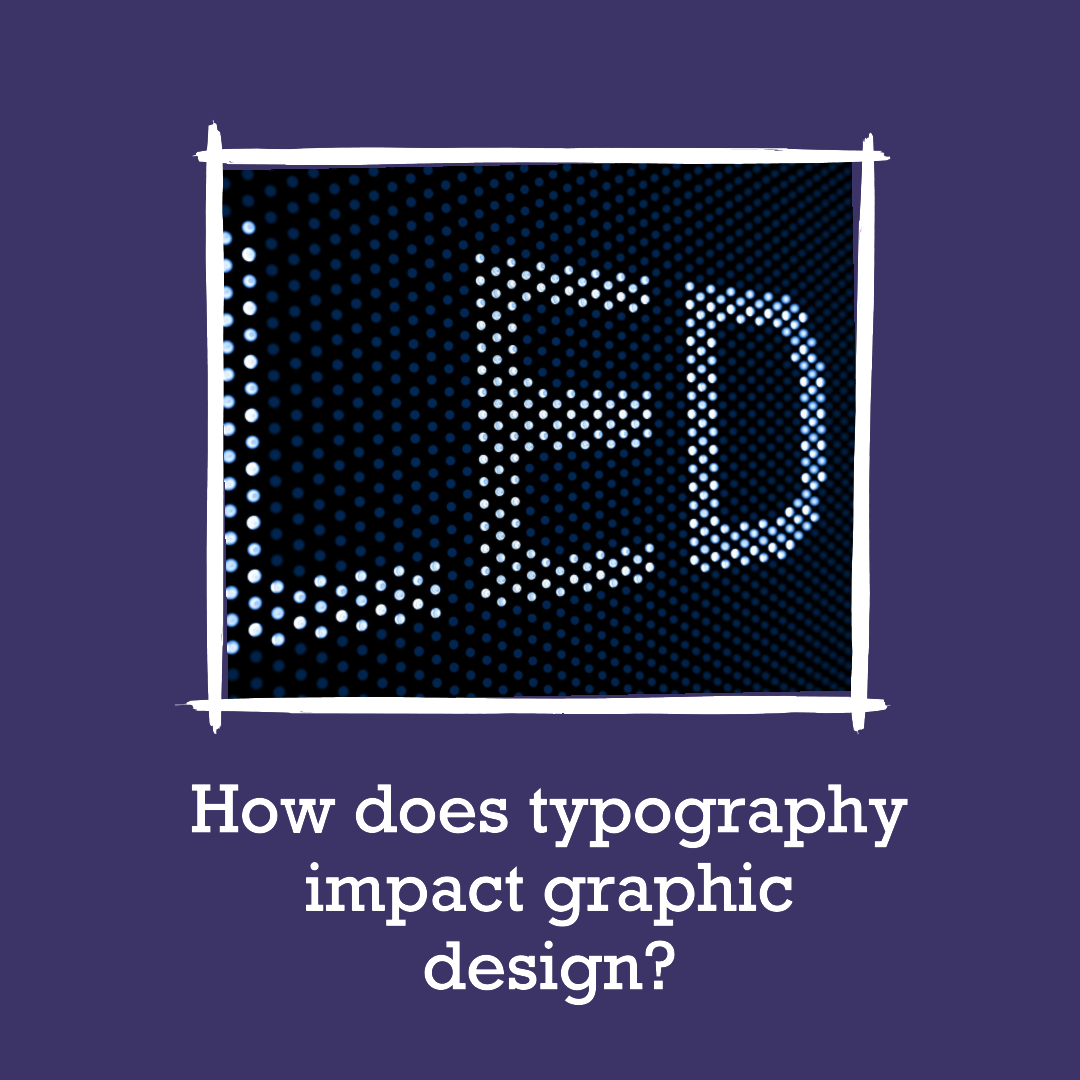How to optimize images for the web in graphic design?
Optimizing Images for the Web: A Comprehensive Guide for Graphic Designers
In the fast-paced realm of graphic design, image optimization has become an essential skill for creating visually appealing and effective online experiences. With the ever-increasing demand for high-quality content, designers face the challenge of balancing image quality with website loading speed.
The Significance of Image Optimization
Image optimization is the process of reducing file size while maintaining acceptable visual quality. This process is crucial for several reasons:
1. Website Performance: Optimized images significantly improve website loading speed, leading to a better user experience, increased engagement, and improved search engine rankings.
2. Data Consumption: Smaller image files consume less data, reducing bandwidth usage and saving users’ internet data plans.
3. Device Compatibility: Optimized images ensure optimal display across various devices, including desktops, laptops, tablets, and smartphones.
Understanding Image Formats and Compression
Different image formats have varying compression capabilities, affecting file size and visual quality. Here are the primary image formats used on the web:
1. JPEG (Joint Photographic Experts Group): JPEG is a lossy compression format, meaning it discards some image data to achieve smaller file sizes. It’s widely used for photographs and images with complex details.
2. PNG (Portable Network Graphics): PNG is a lossless compression format, preserving all image data but resulting in larger file sizes. It’s ideal for images with sharp edges, text, and logos.
3. GIF (Graphics Interchange Format): GIF supports animation and is limited to 256 colors, making it suitable for simple animations and graphics.
4. WebP: WebP is a newer image format developed by Google that offers both lossy and lossless compression, providing superior compression and visual quality compared to JPEG and PNG.
Image Optimization Techniques
Numerous techniques can be employed to optimize images for the web:
1. Choose the Right Format: Select the appropriate image format based on the image content and desired level of compression.
2. Resize Images: Resize images to the actual dimensions needed for display on the web. Avoid using excessively large images that will slow down page loading.
3. Compress Images: Use image compression tools to reduce file size without compromising visual quality. Adjust compression levels to find a balance between file size and image quality.
4. Strip Metadata: Remove unnecessary metadata from images, such as location data, camera settings, and copyright information.
5. Use CSS Sprites: Combine multiple small images into a single sprite sheet to reduce the number of HTTP requests and improve page loading speed.
6. Utilize Image Lazy Loading: Delay loading images until they are visible in the viewport, reducing initial page load times.
7. Leverage Content Delivery Networks (CDNs): Utilize CDNs to deliver images from geographically closer servers, improving loading times for users worldwide.
Tools and Resources for Image Optimization
Several tools and resources can aid in image optimization:
1. Adobe Photoshop: Photoshop offers advanced image editing and compression tools, allowing for precise control over image quality and file size.
2. TinyPNG and TinyJPG: These online tools are specifically designed for compressing JPEG and PNG images without compromising visual quality.
3. Squoosh: An open-source image optimization tool that supports various image formats and provides different compression options.
4. Cloudinary: A cloud-based image optimization platform that offers automatic image optimization and delivery services.
5. ImageCDN: An image CDN that can host and deliver optimized images from its global network of servers.
Conclusion
Image optimization is an essential skill for graphic designers in today’s web-driven world. By understanding image formats, compression techniques, and optimization tools, designers can create visually appealing and effective online experiences that load quickly, enhance user engagement, and contribute to the overall success of their projects.








